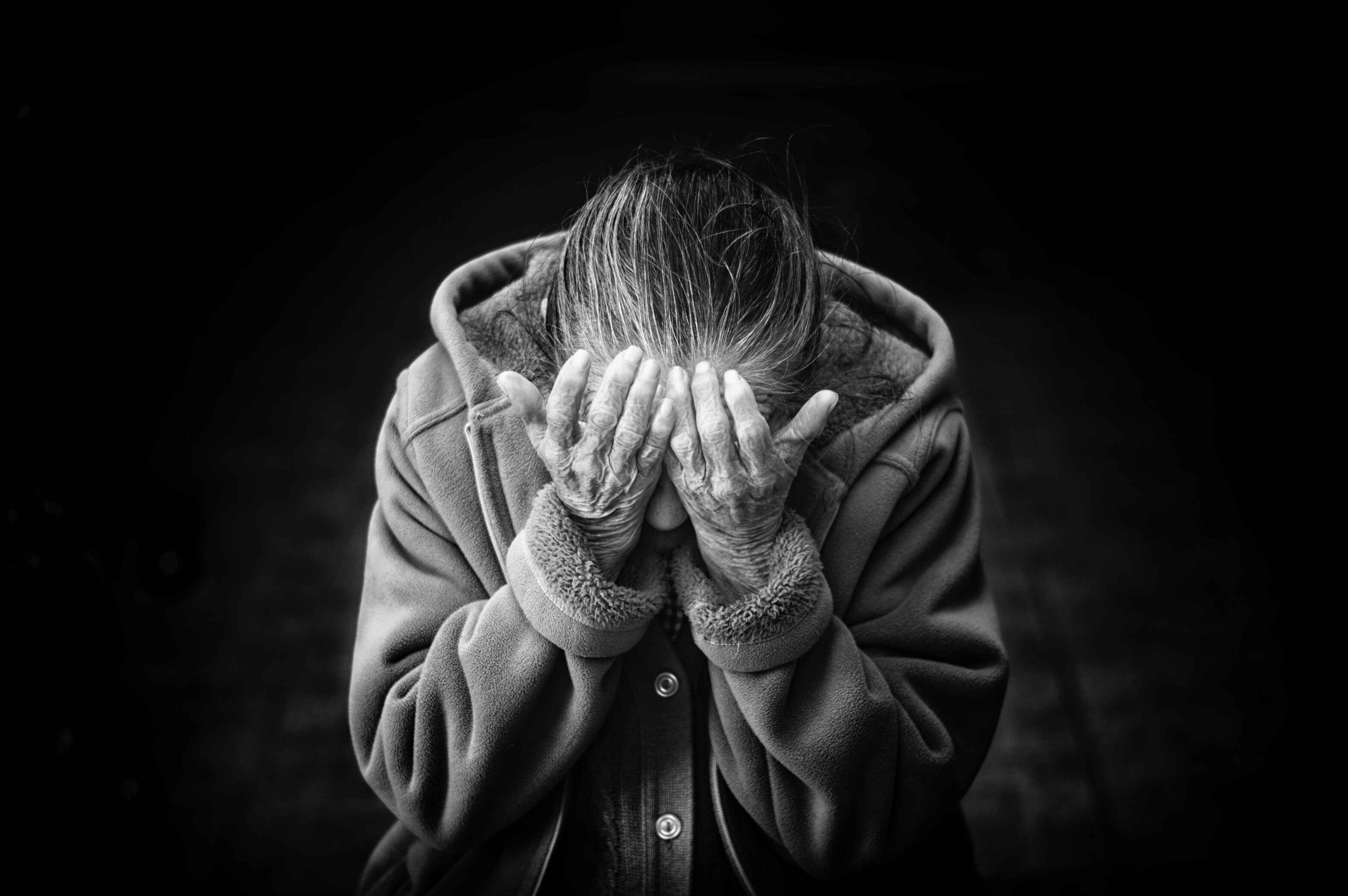
Economic Recession vs. Depression: What's the Difference?
Introduction
In the world of economics, terms like "recession" and "depression" are frequently thrown around, often causing confusion among the general public. While both refer to downturns in the economy, they are distinct in terms of their severity, duration, and impact. Understanding the differences between these two economic phenomena is crucial for making informed decisions about financial planning, investments, and policy-making. In this article, we will delve into the key distinctions between an economic recession and a depression, shedding light on their causes, characteristics, and consequences.
The Basics of Economic Recession
1. Definition:
A recession is a significant decline in economic activity that lasts for a relatively short period, typically characterized by a decrease in GDP (Gross Domestic Product), rising unemployment rates, and a decline in consumer spending and business investments.
2. Duration:
Recession durations vary, but they are generally shorter in comparison to depressions. Recessions can last anywhere from a few months to around two years.
3. Causes:
Recessions can be triggered by various factors, including a decrease in consumer and business confidence, an increase in interest rates, reduced consumer spending, and external shocks like financial crises or natural disasters.
4. Government Response:
Governments and central banks often respond to recessions with monetary and fiscal policies to stimulate economic growth. They may lower interest rates, increase government spending, and provide tax incentives to encourage investment and spending.
5. Unemployment:
Unemployment rates typically rise during a recession, but the increase is usually temporary. Many workers who lose their jobs during a recession are rehired when economic conditions improve.
6. Stock Market:
Stock markets may experience declines during a recession, but these declines are generally less severe than those seen during a depression. Investors tend to regain confidence once signs of economic recovery emerge.
7. Consumer Confidence:
Consumer sentiment is negatively affected during a recession, leading to reduced spending. However, consumer confidence can recover relatively quickly as economic conditions improve.
The Nature of Economic Depression
1. Definition:
A depression is a severe and prolonged economic downturn characterized by a deep and sustained decline in economic activity, significantly reduced consumer spending, widespread unemployment, and severe financial distress.
2. Duration:
Depressions are prolonged, often lasting for several years or even a decade or more. The Great Depression of the 1930s is a well-known example, lasting approximately a decade.
3. Causes:
Depressions are typically triggered by major economic shocks, such as banking crises, severe stock market crashes, or large-scale structural issues in the economy. They often involve a cascade of negative events that exacerbate economic decline.
4. Government Response:
Governments usually respond to depressions with extensive intervention, including massive fiscal stimulus packages, bank bailouts, and other measures aimed at stabilizing the financial system and restoring confidence.
5. Unemployment:
Unemployment rates skyrocket during a depression, with a large portion of the workforce remaining jobless for an extended period. This can lead to long-term social and economic consequences.
6. Stock Market:
Stock markets can experience catastrophic crashes during depressions, resulting in significant wealth destruction for investors. Recovery in the stock market may take many years.
7. Consumer Confidence:
Consumer confidence is severely eroded during a depression, and it often takes a very long time to fully recover. People become extremely cautious about spending, which can further exacerbate the economic downturn.
Key Differences
1. Severity and Duration:
The most significant difference between a recession and a depression is the severity and duration of the economic decline. Recessions are shorter and less severe, while depressions are long-lasting and much more damaging to the economy.
2. Unemployment:
Unemployment rates tend to rise during both recessions and depressions, but the magnitude and duration of joblessness are much more pronounced during depressions.
3. Government Response:
Governments and central banks employ more aggressive and extensive measures during depressions, as the stakes are much higher. The response to a depression often involves massive stimulus packages and financial system bailouts.
4. Stock Market:
Stock market declines can be severe during both recessions and depressions, but depressions often see more protracted and substantial market crashes.
5. Consumer Confidence:
Consumer confidence is severely affected during both recessions and depressions, but it usually takes much longer for confidence to return to pre-crisis levels in the case of a depression.
Conclusion
In summary, while economic recessions and depressions are both characterized by downturns in economic activity, they differ significantly in terms of their severity, duration, and impact on various economic indicators. Recessions are typically shorter-lived and less severe, while depressions are prolonged and result in significant and lasting damage to the economy.
Understanding these differences is essential for policymakers, investors, and individuals to make informed decisions during challenging economic times. It also highlights the importance of timely and effective government intervention to mitigate the impact of severe economic downturns and promote a more rapid recovery.
